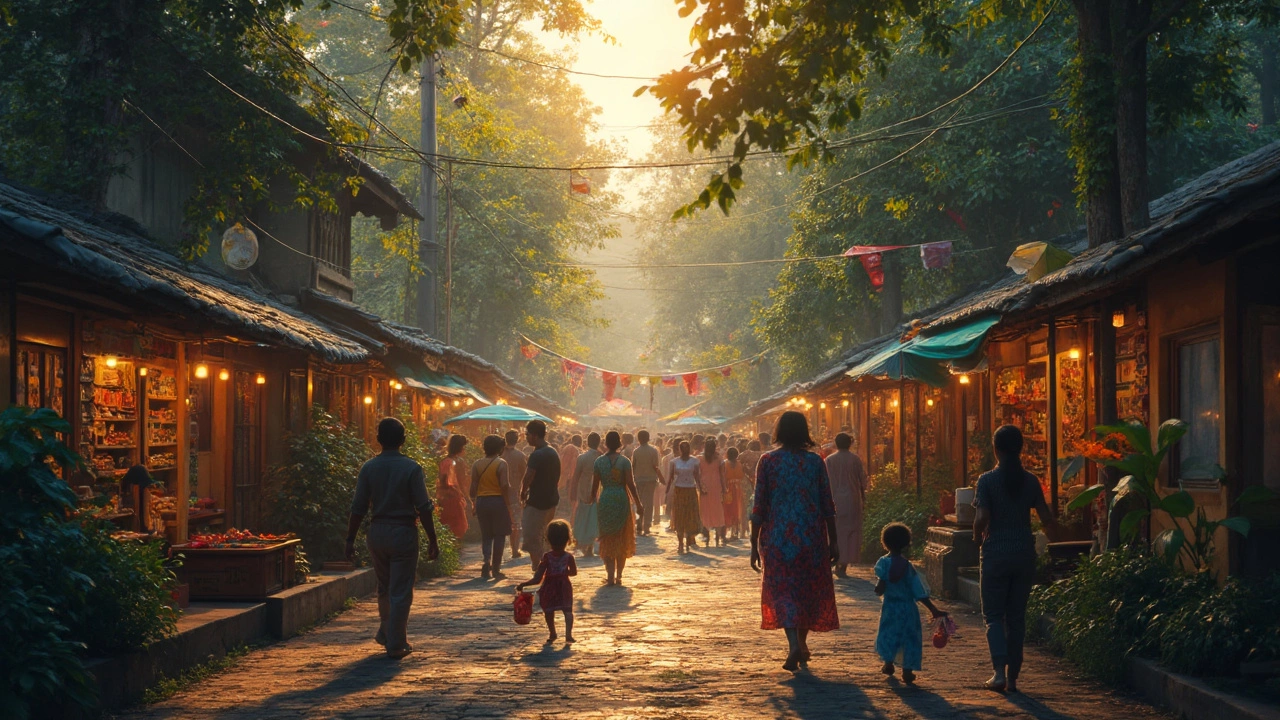Travel Tips Kerala: Essential Advice for Visiting South India's Gem
When you think of Kerala, a lush, coastal state in southern India known for its backwaters, spice plantations, and calm temples. Also known as God's Own Country, it’s one of India’s most visited destinations for travelers seeking peace, nature, and culture. But even in a place this beautiful, a few simple mistakes can turn your trip into a headache. You might book a houseboat without checking the operator, eat street food from a vendor who doesn’t wash his hands, or walk into a temple wearing shorts and get turned away. These aren’t rare problems—they happen every day to tourists who skip the basics.
That’s why Kerala tourism, the organized travel industry around the state’s natural and cultural attractions isn’t just about pretty photos. It’s about knowing where to find clean food, how to get around without getting ripped off, and what to wear when you’re not at the beach. For example, many visitors don’t realize that South India travel, the style of tourism focused on the states of Kerala, Tamil Nadu, Karnataka, and Andhra Pradesh has different rules than North India. Dress codes are stricter, temple rituals are more formal, and public transport runs on its own schedule—not yours. And if you’re planning to visit backwaters like Alleppey or Kumarakom, you need to know which houseboats are licensed, which ones have real AC, and which ones just look good on Instagram.
Food is another big one. Kerala’s cuisine is amazing—coconut-based curries, fresh seafood, and banana leaf meals—but not every stall is safe. Stick to places where locals line up. Avoid ice in drinks unless you know it’s made from filtered water. And if you’re worried about getting sick, you’re not alone. Over half of first-time visitors to South India face some kind of stomach issue, but most of them could’ve avoided it with one simple rule: eat where it’s busy, not where it’s quiet.
Transport in Kerala can be confusing if you don’t know the system. Ride-hailing apps like Uber don’t work everywhere, especially in smaller towns. Local buses are cheap but packed. Tuk-tuks are everywhere, but you need to negotiate the price before you get in. And if you’re heading to hill stations like Munnar or Wayanad, road conditions can change fast—especially during monsoon season. Don’t assume your GPS will get you there. Ask your homestay owner for the real route.
And yes, temples matter. You can’t just walk into a temple in Kerala like you would in a museum. Women need to wear saris or long skirts. Men need to cover their shoulders. Shoes go outside. No photos inside unless you’re told it’s okay. These aren’t just traditions—they’re rules that locals take seriously. Skip them, and you’ll get stared at, not welcomed.
Below, you’ll find real stories and practical advice from people who’ve been there. No fluff. No generic lists. Just what actually works when you’re standing in a Kerala market, trying to decide if that fish curry is worth the risk, or wondering if that houseboat you booked has a working toilet. These posts cover everything from the best time to visit to how to avoid tourist traps, what vaccines you really need, and how to behave in a temple without looking like a clueless outsider. Use them. They’ll save you time, money, and stress.
